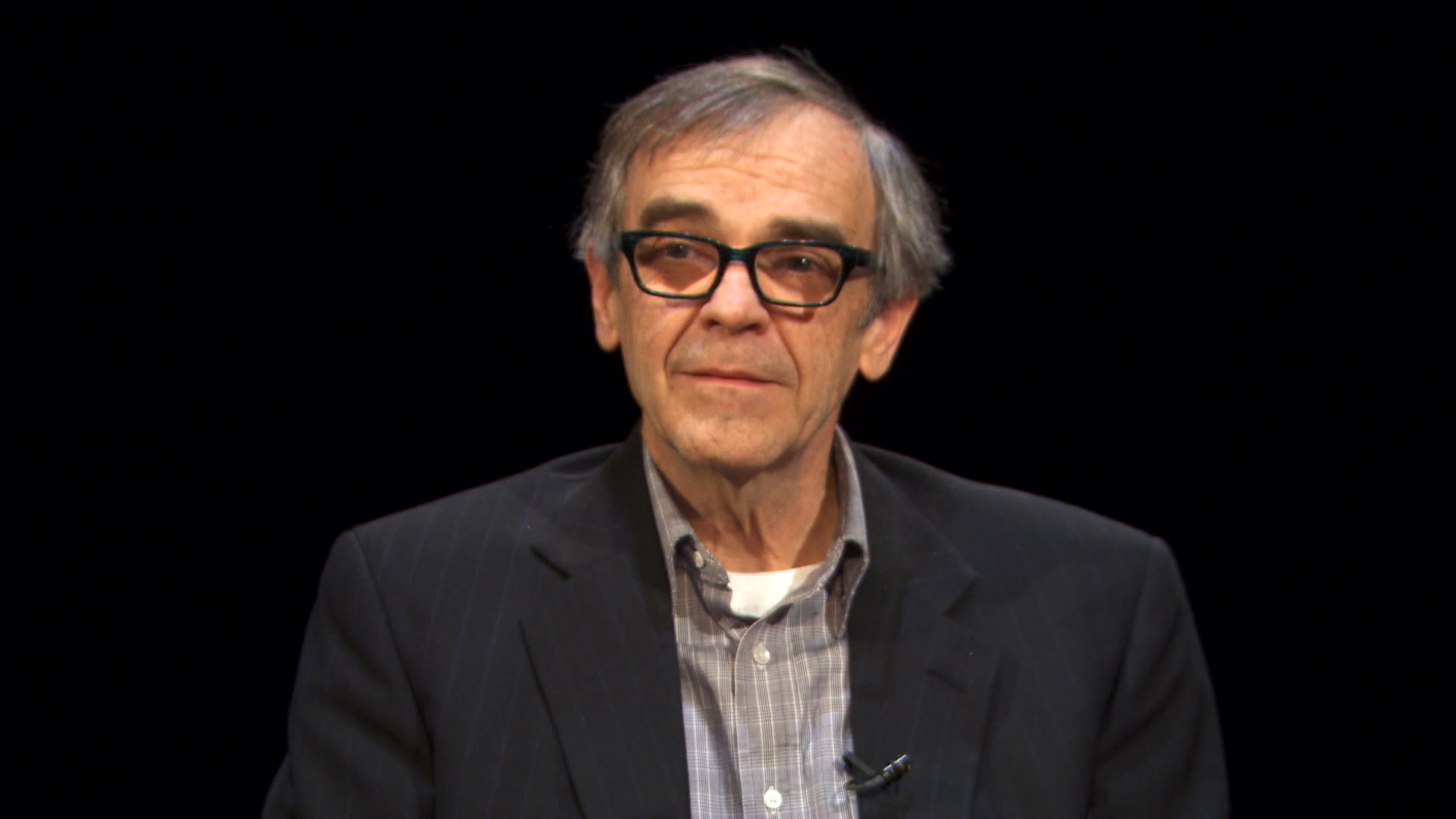
John Tinker Describes Federal, District, and Supreme Court Battle for Students’ First Amendment Rights
John Tinker describes the series of federal and district court cases, decisions and appeals that led to the Supreme Court ruling for student First Amendment rights. He presents his perspective on the Supreme Court majority opinion in the case.
Mary Beth Tinker was a 13-year-old junior high school student in December 1965 when she, her brother John, 15, and their friend Christopher Eckhardt, 16, wore black armbands to school to protest the war in Vietnam. That decision led the students and their families to embark on a four-year court battle that culminated in the landmark 1969 U.S. Supreme Court decision for student free speech: Tinker v. Des Moines Independent Community School District.
This interview was recorded on February 21, 2019 at Iowa PBS studios in Johnston, Iowa.
Transcript
We did enter a suit against the school system in the federal court. We had the trial in the summer of 1966. I testified first. Dan Johnston was our young, but very capable lawyer.
We testified. We told the story of what happened. Dan argued to the court that we should have the right to express our opinions. It was completely non disruptive. It was just a silent protest wearing the black armband.
Judge Stephenson ruled that, he was retired military. He had a rank, I forget what.
He ruled that it was a speech issue, but that he felt that the school authorities had the right to make a rule to prohibit it. We lost that first trial, the first case, the first hearing in the federal court.
We appealed it to the circuit court in St. Louis. The three-judge panel that heard the first presentation asked that the whole court hear it. They thought it was an important enough case. They were short. They were missing a judge. They only had eight judges instead of nine and those eight split four for us and four against us. So that left standing the first Court's decision.
We appealed it to the Supreme Court. There had been another case at the circuit court in Atlanta.
The students there had warned freedom buttons, and the court had sided with the students that they had the right.
There was a conflict then between the two circuit courts, and that made it more likely than that the Supreme Court would accept the case to resolve the issue.
They did hear the case, and they found in our favor seven to two.
Abe Fortas wrote, what I think of as a very good, strong, majority opinion, standing up for the First Amendment. Pointing out how important the First Amendment is to our democracy; and beyond that, it's the first time that the court had acknowledged that public school students are persons under the law with respect to the Constitution and the First Amendment.
That was a very strong opinion. He also noted that in our society we depend on the public schools to educate students for citizenship, and that we couldn't treat the First Amendment as though it's just window dressing something that we say we believe but that we don't really believe. He pointed that out, and I think it's an excellent opinion. I would encourage anyone that's interested to read Abe Fortas majority opinion in our case.
